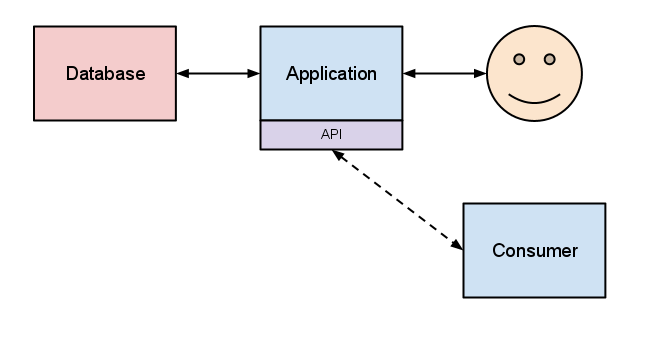We love hearing feedback, so as part of our v0.1 release of Orbital we decided to make giving feedback super easy. We’ve done this using the tools provided by UserVoice, giving us a single box which lets you complete a simple sentence:
I need Orbital to…
That’s it. No questionnaires to draw up complicated statistical analysis of how people feel about a list of stuff we plucked out of thin air, just a single box for you to share your requirements with us.
UserVoice is designed to be really useful when it comes to gathering user feedback, so we’re taking advantage of that usefulness and adding a “feedback” button to every single page. When inspiration strikes, or you discover that Orbital is missing something, or you realise that life would be easier if it did something differently, you can just click the button and let us know.
You can also see a list of everything that people have said already, to see if your thought has already been shared. If you think a thought is particularly important you can vote on it, to add your own voice to what you reckon we should do next. We’ll also let you know how we’re getting on with looking at or implementing your ideas, telling you when we’re looking at feasibility, planning it and working (or not) on it.
So there you have it. No focus groups, workshops or questionnaires to carefully filter and manage your thoughts and suggestions. Just a simple box and a hotline to the development team.



